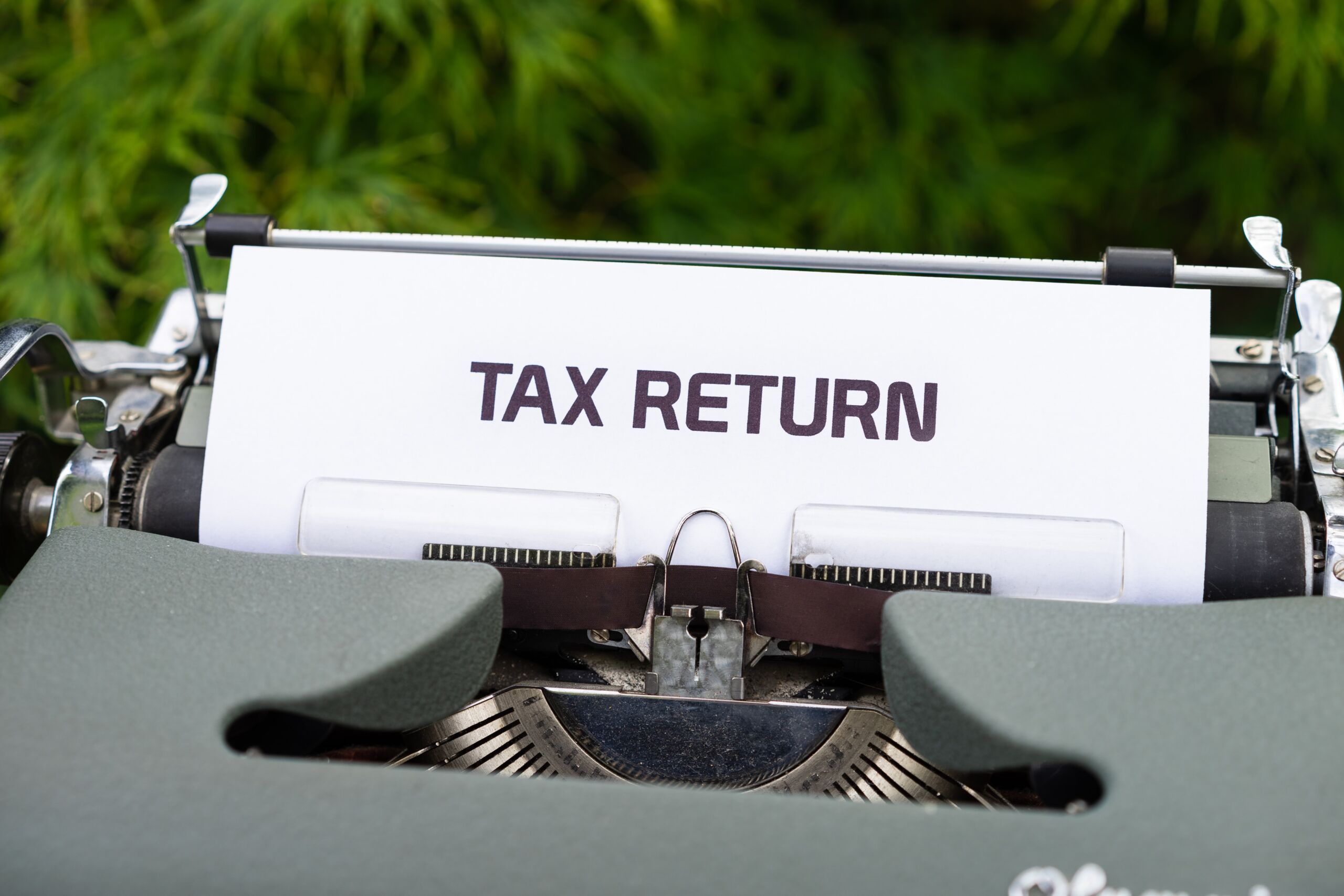Risk Adjusted Return
Risk Adjusted Return
Risk-adjusted return is a measure of the return on an investment, adjusted for the level of risk associated with the investment. It is a way of comparing the performance of different investments that have different levels of risk and allows investors to see which investments have performed the best given their level of risk.
There are several different ways to calculate risk-adjusted return, but one common method is to use the Sharpe ratio. The Sharpe ratio is calculated by dividing the excess return of an investment (the return above the risk-free rate) by the standard deviation of the investment’s returns. The higher the Sharpe ratio, the better the risk-adjusted return of the investment.
For example, if two investments had the same return but different levels of risk, the investment with the lower risk would have a higher risk-adjusted return. This is because it would have provided a similar level of return but with a lower level of risk.
Risk-adjusted return can be a useful tool for investors to evaluate the performance of different investments and make informed decisions about where to allocate their capital.

Each month we’ll aim to bring a bit of humanity and common sense back into the world of finance.




